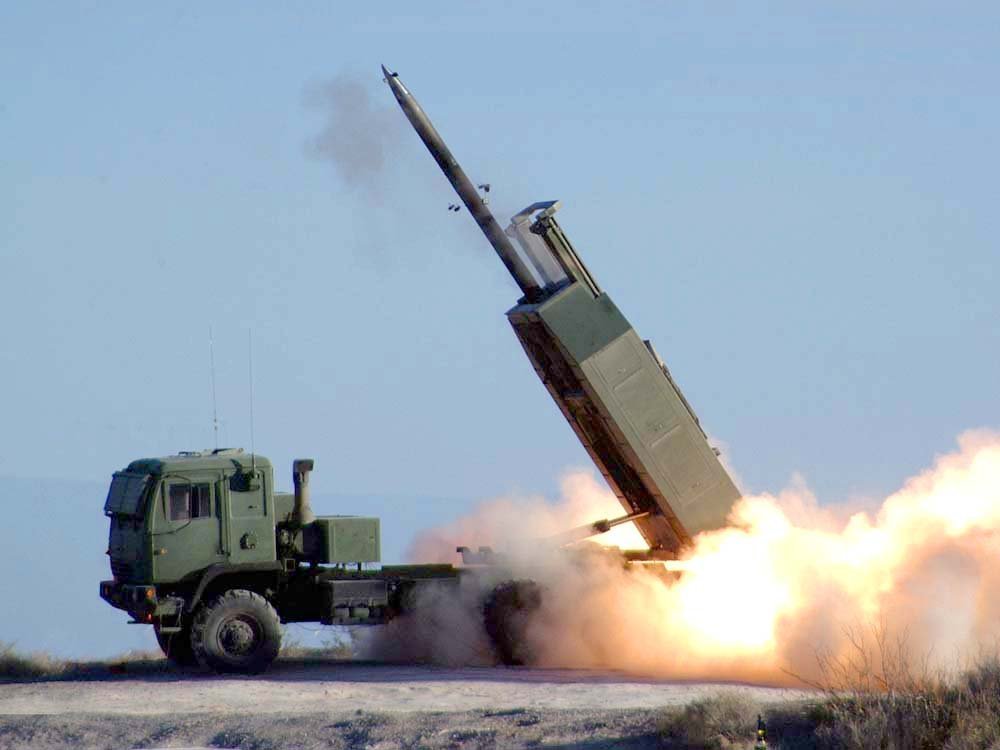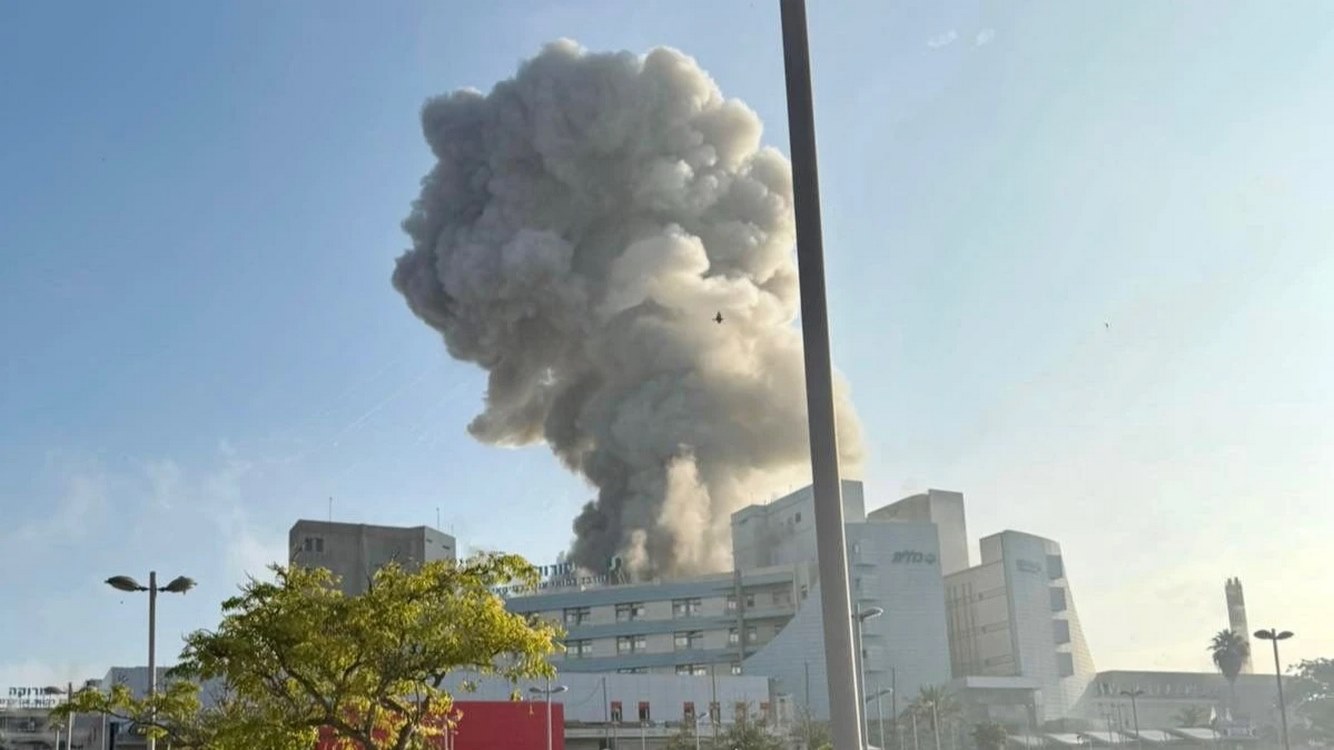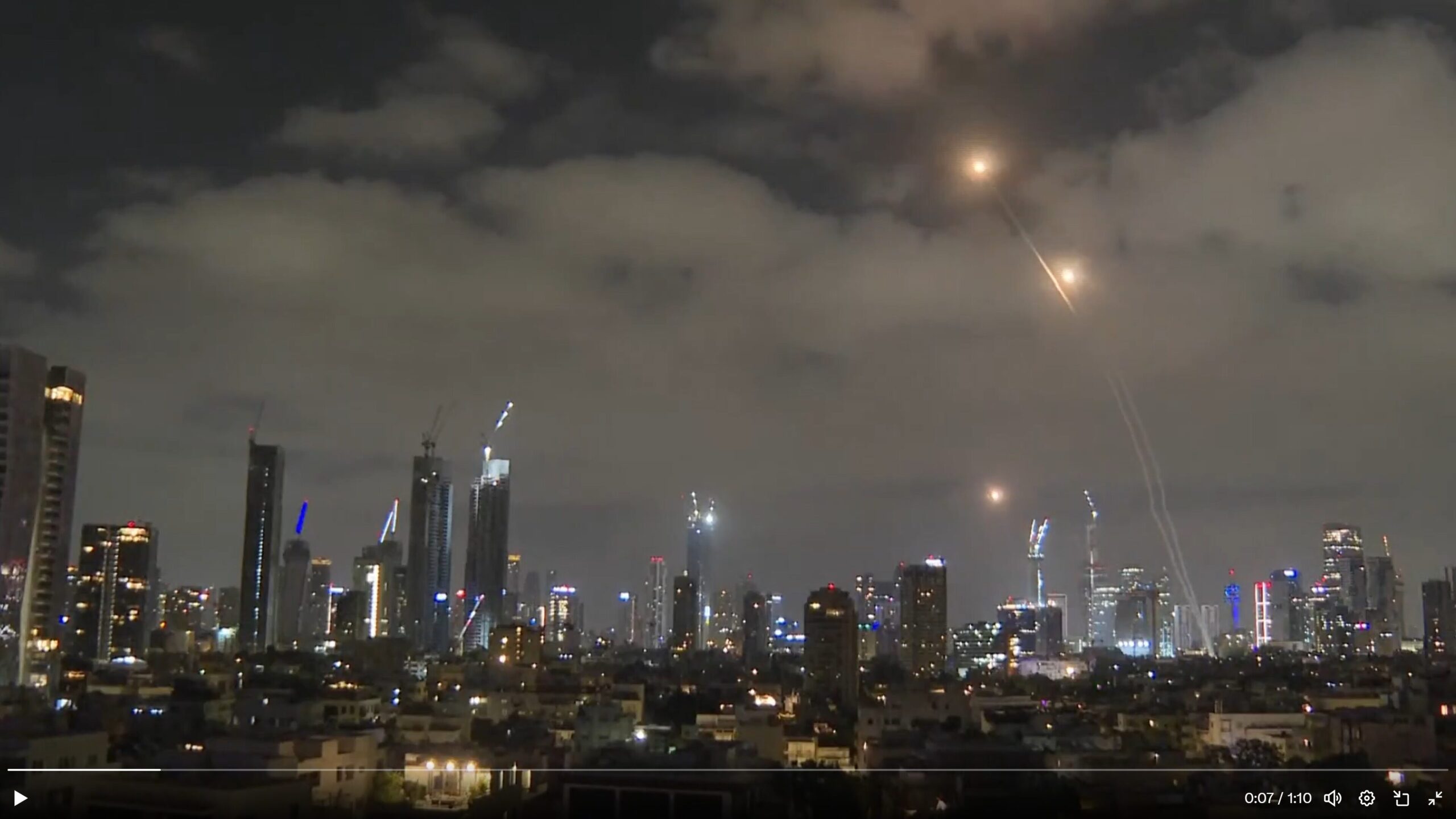Lithuania, a small peaceful nation within the EU that borders Russia, recently announced her imminent withdrawal from the Oslo Convention banning the use, manufacture, and sale of cluster bombs.
The given reason for the withdrawal is alleged efficacy on the battlefield, claiming “it is extremely difficult to effectively substitute cluster munitions”.
Opponents of these weapons argue that their indiscriminate power of killing, lasting generation after generation as demonstrated in Laos DPR, means they cannot be limited to military use. No such high-minded or pointed arguments are leveled by their proponents: only that they are indeed very destructive, and they should be allowed to be used for that reason.
“Russia’s war against Ukraine shows that it is extremely difficult to effectively substitute cluster munitions and their defensive power to stop a large-scale attack,” Deputy Defense Minister Renius Pleskys, who proposed the legislation, told lawmakers who passed the bill at first reading. “By replacing standard munitions with cluster munitions, the amount of munitions needed to achieve the same effect is significantly reduced”.
Perhaps because they were an older variety from the 1980s, the Ukrainian forces’ use of cluster munitions has actually proved extremely ineffective.
In an investigative piece in the New York Times, reporters from the paper of record visited and spoke with the residents of the Ukrainian town of Husarivka in April 2022, roughly 17 months before the Biden Administration transferred American cluster bombs to Ukraine.
The paper believed it was confirming reports that Husarivka was the first evidenced use of cluster-type munitions in the war on the Ukrainian side, and the Ukrainians were firing them into a still-inhabited village occupied by Russians. The piece claims it took 2 months of shelling to dislodge the Russians, and locals report the bomblets doing minimal damage to the occupiers.
In this case, they were neither used effectively nor to stop a large-scale attack as Pleskys claimed. In January of 2024, just two months after the controversial transfer of cluster munitions from aging US stockpiles to Ukraine, The Times once again touched on their use from a battlefront feature piece. The prognosis: “losing potency,” as the reporting team details that the Russians were simply beginning to attack in smaller groups, and dig their trenches deeper for the weapons to lose their cutting edge.
Furthermore, nearly all the places where this piece reported their use have been taken by the Russian army, apart from Kupiansk, which is now seeing heavy fighting both to the south and east of the city, according to Newsweek.
Easily substituted
Cluster bombs tend to carry between 30 and 90 submunitions, or bomblets, which are intended to carpet an area with explosions around twice as powerful as an average hand grenade.
Cluster bombs have between a 10% and 20% “dud rate” meaning many of the submunitions don’t explode on contact with the ground, but lie dormant waiting for someone to disturb them with a plow, a boot, or a curious hand. In Laos DPR, it’s estimated that 270 million such submunitions were dropped via cluster bombs during the Vietnam War and that 20,000 people have been killed or maimed since the war’s end, most of them children who are curious to see what the tin can-shaped object is.
The Washington Post has reported just a few weeks after Ukrainian artillery teams began using 155-millimeter cluster shells launched from their Howitzers, that no such recording process is taking place.
“In welcoming the US decision to send the munitions, Ukraine’s Defense Ministry said Kyiv will keep a ‘strict record of the use of these weapons and the local zones where they will be used,’” the Post reports. But, they write, when asked about how the documentation process works, an artillery official they spoke to on the front lines named Stanislav suggested that it was very simple—there was none.
At the 11th meeting of the Convention on Cluster Munitions in Geneva in September 2023, Bulgaria became the final European member of NATO to fully dismantle its cluster munitions stockpile, demonstrating not only are cluster bombs illegal, but easy to completely go without.
“In 2022, the remnants of cluster munitions killed or maimed civilians in Azerbaijan, Iraq, Laos, Lebanon, Syria, Ukraine, and Yemen, with 71% of the casualties recorded among children, who sometimes mistake unexploded ordnance for harmless metal balls and pick them up to play with them,” Common Dreams reported at the time.
The US, Russia, and Ukraine have all failed to sign the cluster bomb ban. WaL
We Humbly Ask For Your Support—Follow the link here to see all the ways, monetary and non-monetary.
PICTURED ABOVE: The HIMAR artillery rocket system, one of the systems Ukraine has been using to drop cluster bombs, along with 155-millimeter Howitzers.



